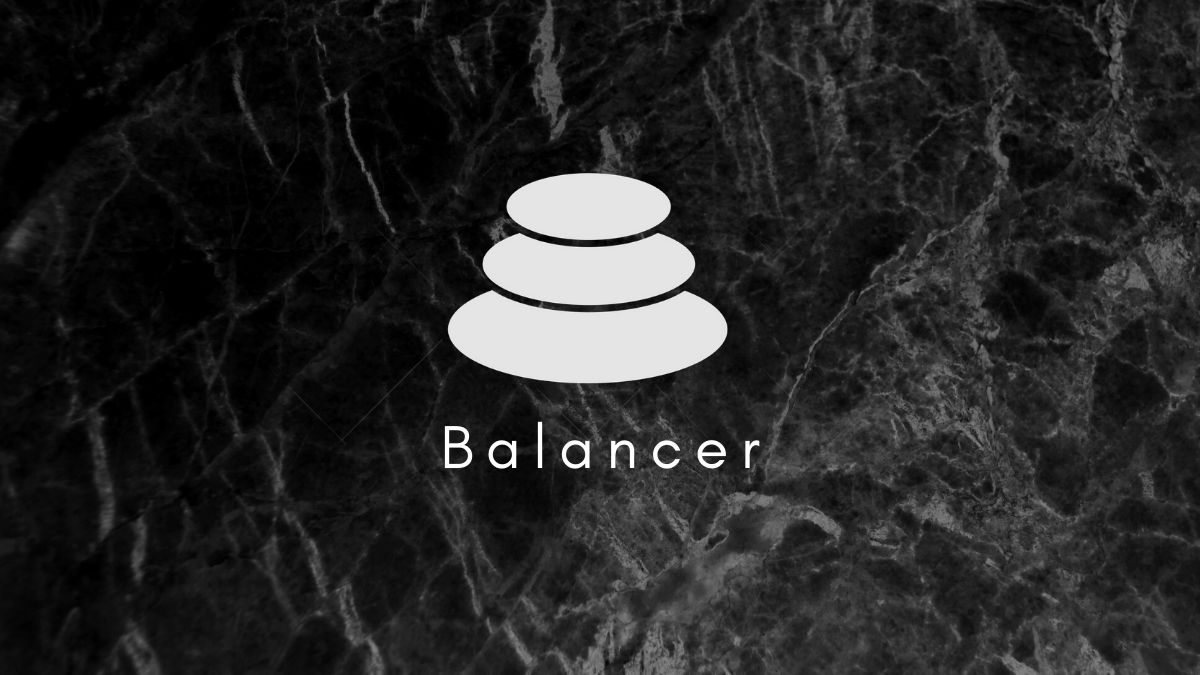Balancer v3 Launches with Aave Partnership and Innovative Liquidity Solutions
12.12.2024 14:30 2 min. read Alexander Zdravkov
Balancer has officially launched its v3 upgrade, introducing groundbreaking features aimed at enhancing decentralized finance (DeFi).
One of the most significant updates is the introduction of 100% Boosted Pools, a new liquidity solution that optimizes returns for liquidity providers by directing funds into external yield markets while maintaining liquidity for swaps.
This development is complemented by the launch of the Hooks Framework, a set of developer tools that allows for dynamic customization of pool functionality, enabling greater flexibility in liquidity management.
A key part of the v3 launch is the partnership with Aave, a major player in the DeFi lending space. As the first platform to integrate the new Boosted Pools, Aave will offer its users improved capital efficiency, greater yield generation, and a smoother experience with lower gas fees.
This collaboration is seen as a major milestone in combining Aave’s robust infrastructure with Balancer’s innovative AMM technology.
The upgrade also prioritizes security, with Balancer undergoing extensive audits to ensure its platform is safe and reliable. This comes alongside the rollout of features that make it easier for developers to create customized AMMs, further positioning Balancer as a key player in the DeFi space.
With the launch of Balancer v3, the platform is set to provide even more powerful tools for developers, liquidity providers, and DeFi projects, pushing the boundaries of what’s possible in decentralized finance.
-
1
German State-Owned Development Bank Issues €100 Million Blockchain Bond
11.07.2025 7:00 2 min. read -
2
Tether Ends Support for Five Blockchains in Infrastructure Shift
12.07.2025 11:30 2 min. read -
3
BNB Chain Upgrades and Token Delistings Reshape Binance Ecosystem
16.07.2025 22:00 2 min. read -
4
Chainlink Partners With Westpac and Imperium to Tokenize Finance in Australia
17.07.2025 21:00 1 min. read -
5
Solana Plans 66% Block Upgrade to Boost Network Capacity
24.07.2025 20:40 2 min. read
Wall Street Moves Onchain: Tokenized Finance Enters its Breakout Era
The tokenization of real-world assets (RWAs) has entered a new phase in 2025—no longer a concept, but a confirmed trajectory.
Vietnam Launches National Blockchain to Digitize Government and Citizen Services
Vietnam has officially launched NDAChain, a national blockchain infrastructure designed to underpin its digital transformation strategy.
Solana Plans 66% Block Upgrade to Boost Network Capacity
Solana developers have introduced a new proposal aimed at pushing the network’s performance even further.
Chainlink Partners With Westpac and Imperium to Tokenize Finance in Australia
Chainlink has announced a major institutional partnership with Westpac Institutional Bank and Imperium Markets as part of Project Acacia—a joint initiative involving the Reserve Bank of Australia and the Digital Finance Cooperative Research Centre (DFCRC).
-
1
German State-Owned Development Bank Issues €100 Million Blockchain Bond
11.07.2025 7:00 2 min. read -
2
Tether Ends Support for Five Blockchains in Infrastructure Shift
12.07.2025 11:30 2 min. read -
3
BNB Chain Upgrades and Token Delistings Reshape Binance Ecosystem
16.07.2025 22:00 2 min. read -
4
Chainlink Partners With Westpac and Imperium to Tokenize Finance in Australia
17.07.2025 21:00 1 min. read -
5
Solana Plans 66% Block Upgrade to Boost Network Capacity
24.07.2025 20:40 2 min. read


